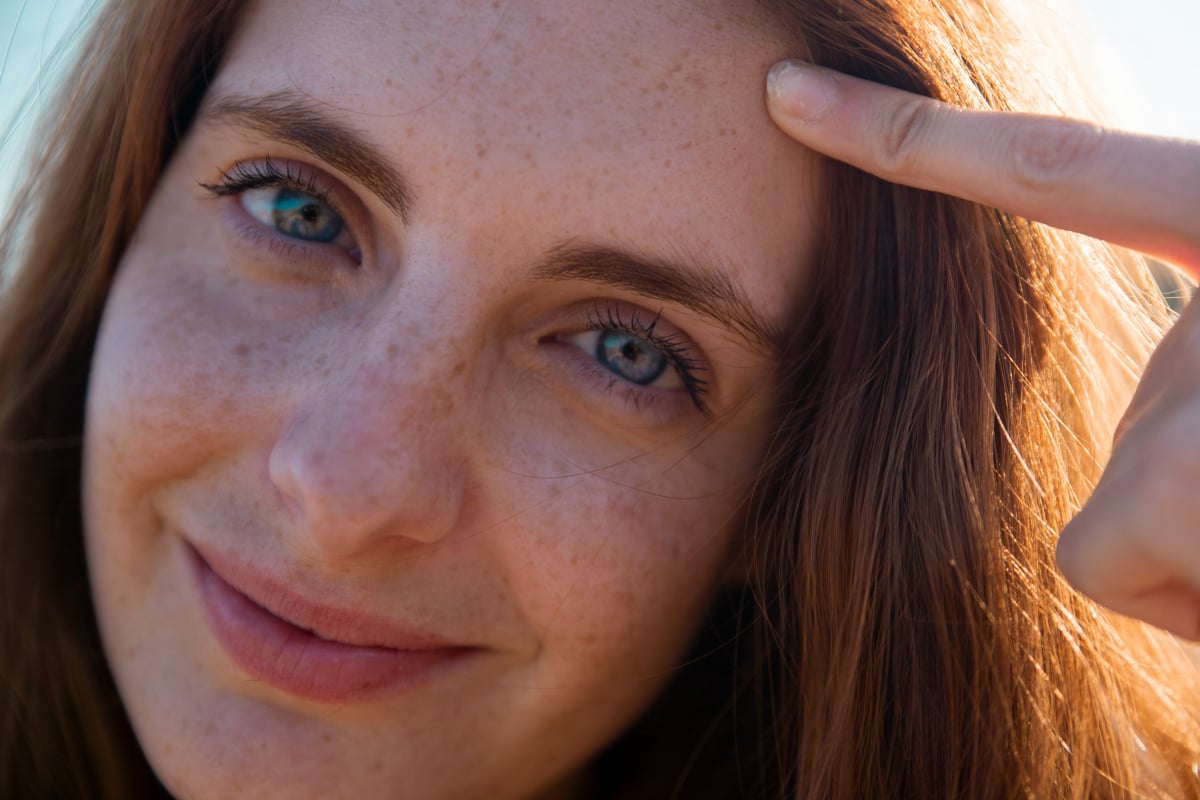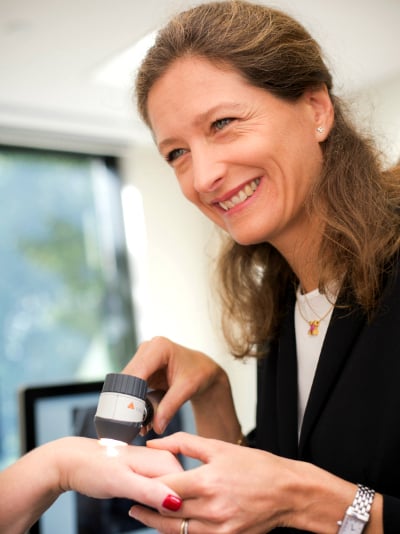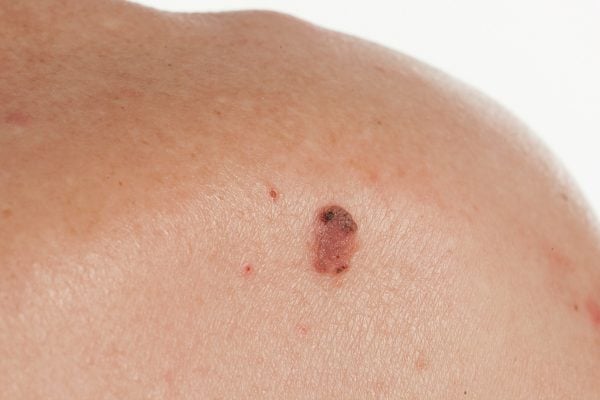

When you hear “summertime in Australia”, you want to think of family time outdoors, kids running through the sprinklers in the backyard, and long days of beaches and barbecues.
But during all these moments, we also have to think about what the hot, dangerous Aussie sun might be doing to our skin.
Australia is often described as “the melanoma capital of the world”, which Associate Professor Pascale Guitera, Dermatologist at the Melanoma Institute of Australia, wants to change.
“Melanoma is often referred to as ‘Australia’s national cancer’. One Australian is diagnosed with melanoma every half an hour, and one Australian dies from the disease every five hours,” Guitera tells Mamamia.
With the enormity of these statistics, it has become Professor Guitera’s goal to reach zero deaths caused by melanoma. To help achieve this, she shares five facts with us about what we can do right now, each and every day of summer and beyond.




